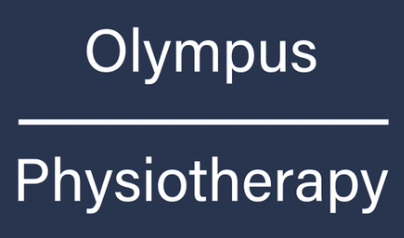MPFL Injury
What is an MPFL Injury?
An MPFL (Medial Patellofemoral Ligament) injury involves damage to the ligament that helps stabilise your kneecap (patella) and prevents it from dislocating laterally (towards the outside of your leg). The MPFL is a thin but crucial structure that acts as the primary restraint against lateral patellar displacement, particularly when your knee is bent between 0-30 degrees.
MPFL injuries most commonly occur during patellar dislocations, where the kneecap completely moves out of its normal groove. These injuries can range from minor stretching to complete tears of the ligament, and often require surgical reconstruction in athletes who wish to return to high-level sport.
What Causes MPFL Injuries?
MPFL injuries typically occur through specific mechanisms and contributing factors:
Acute injury mechanisms:
Lateral patellar dislocation from direct impact to the inside of the knee
Non-contact pivoting movements with the foot planted
Landing awkwardly from jumps with knee valgus (inward collapse)
Sudden change of direction causing the kneecap to dislocate
Contact injuries during rugby, football, or other collision sports
Predisposing factors:
Shallow groove for the kneecap (trochlear dysplasia)
High-riding kneecap (patella alta)
Increased Q-angle (angle between hip and knee)
Generalised joint hypermobility or ligament laxity
Previous patellar dislocations weakening the MPFL
Contributing factors:
Weak vastus medialis oblique (VMO) muscle
Poor hip and glute muscle control
Altered movement patterns during cutting and landing
Muscle imbalances around the knee and hip
Inadequate rehabilitation following previous dislocations
High-risk activities:
Sports involving cutting and pivoting (football, netball, basketball)
Activities requiring rapid direction changes
Jumping sports with awkward landings
Contact sports with potential for direct knee impact
What Are the Symptoms?
MPFL injury symptoms are often associated with patellar dislocation episodes:
Immediate symptoms:
Severe pain at the time of injury, particularly on the inside of the knee
Visible deformity if the kneecap remains dislocated
Immediate swelling around the knee joint
Inability to straighten the knee or bear weight
Feeling of the kneecap being "out of place"
Post-reduction symptoms:
Persistent pain along the inside edge of the kneecap
Significant swelling that may last several weeks
Bruising around the knee, particularly medially
Apprehension when moving the knee
Feeling of instability or the kneecap wanting to "slip out"
Ongoing symptoms:
Fear of the kneecap dislocating again (apprehension)
Weakness in the quadriceps muscles, particularly the VMO
Pain with activities involving knee bending or twisting
Reduced confidence during sporting activities
Stiffness and reduced range of motion
Functional limitations:
Difficulty with pivoting or cutting movements
Reduced performance in sports requiring agility
Apprehension when walking on uneven surfaces
Impact on daily activities like climbing stairs
Compensatory movement patterns affecting hip and ankle
Recurrent instability symptoms:
Episodes of the kneecap partially slipping out (subluxation)
Increasing frequency of instability episodes
"Giving way" sensation during activity
Progressive loss of confidence in knee stability
Experienced a kneecap dislocation or dealing with ongoing knee instability? Our specialist team has extensive experience treating complex knee injuries including MPFL tears in professional athletes across multiple sports. We provide comprehensive assessment, targeted rehabilitation programmes focusing on VMO strengthening and movement retraining, and guidance on return to sport to prevent future dislocations and restore confidence in knee stability.
